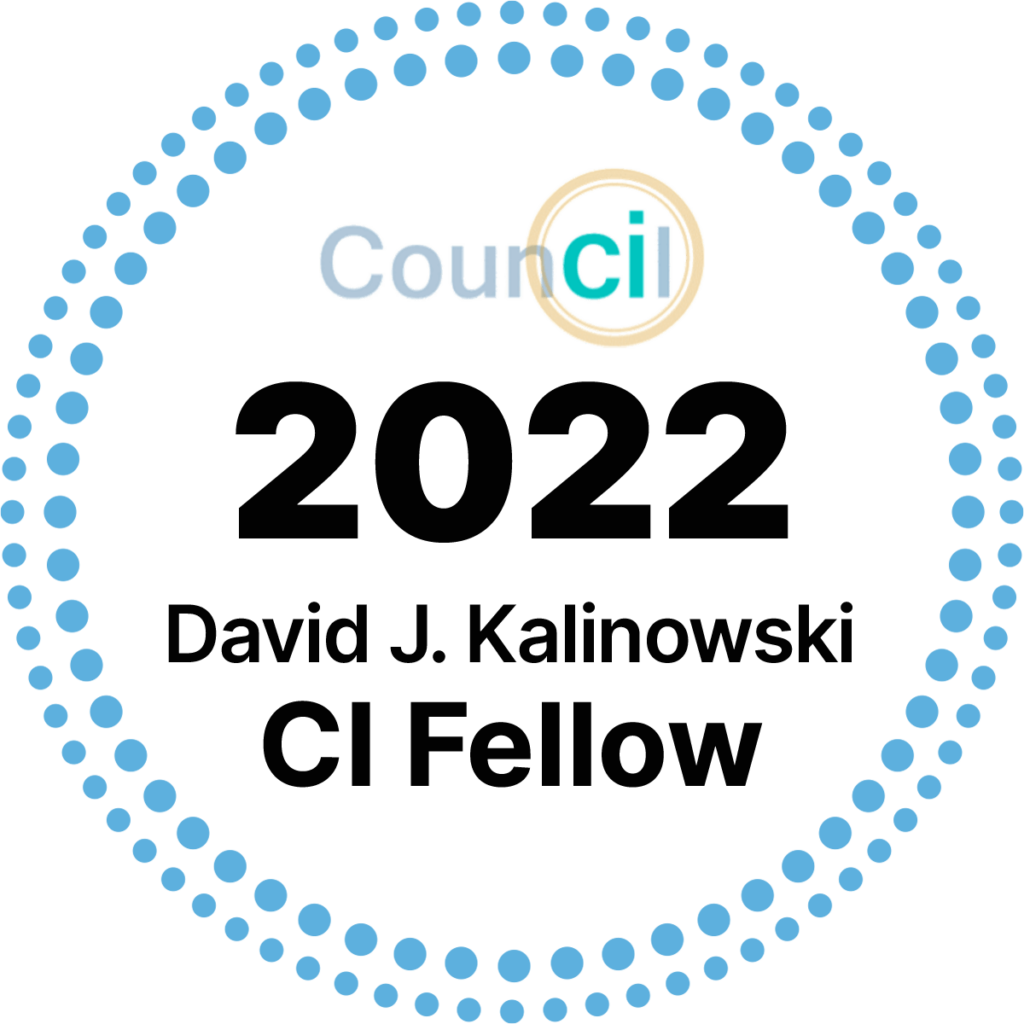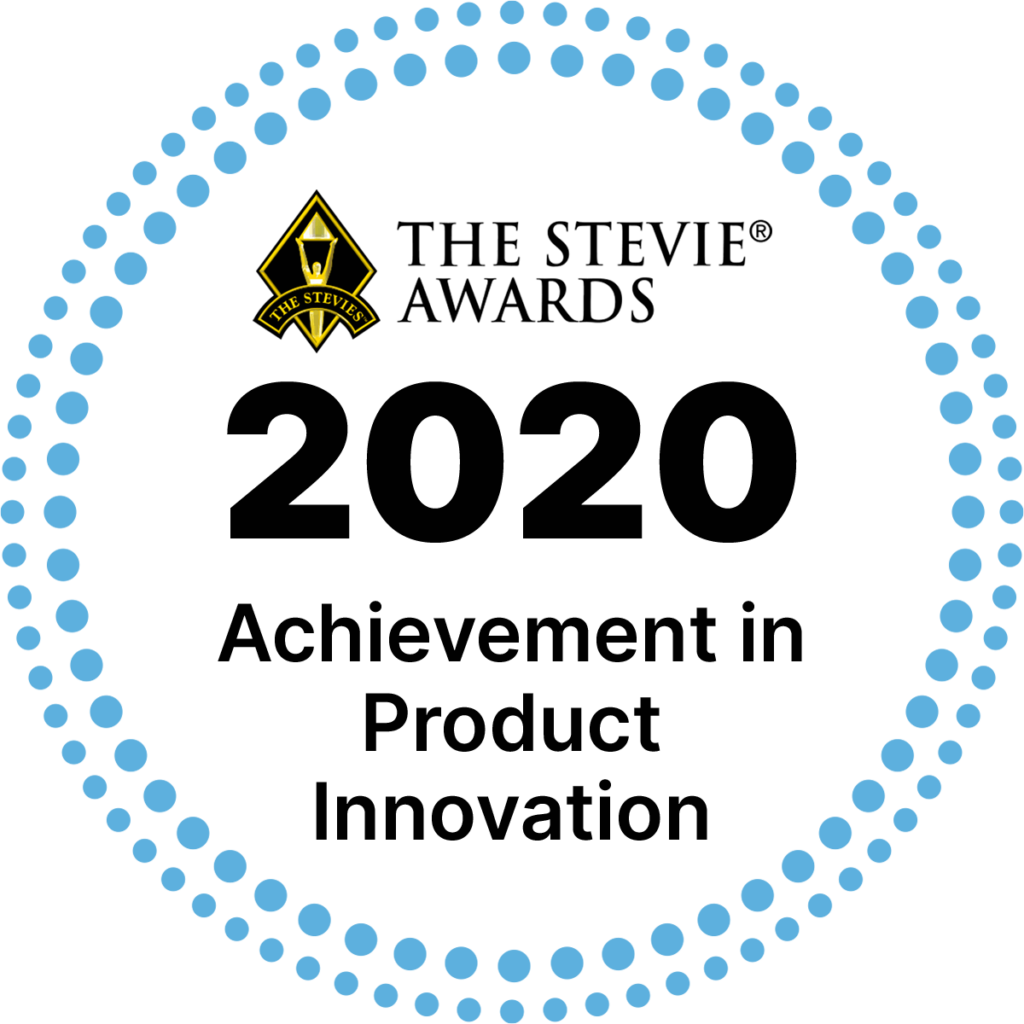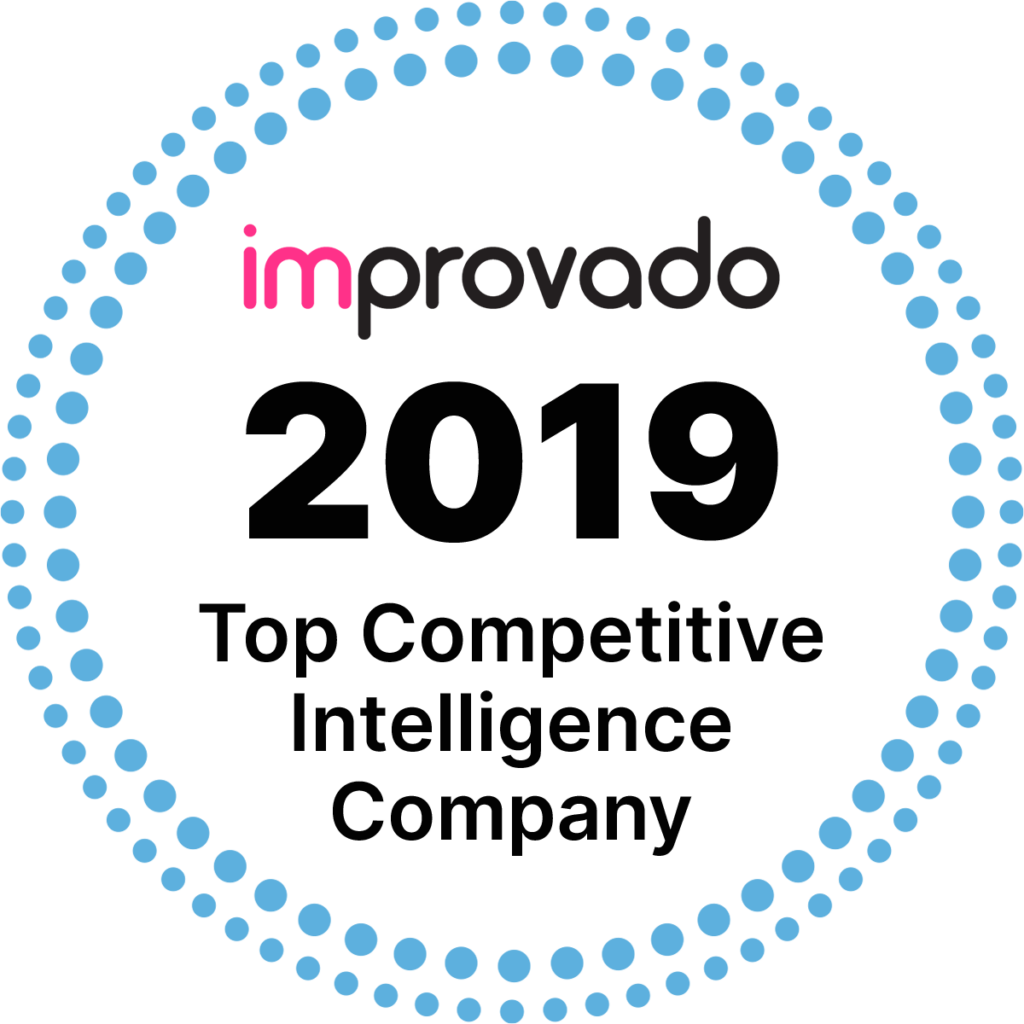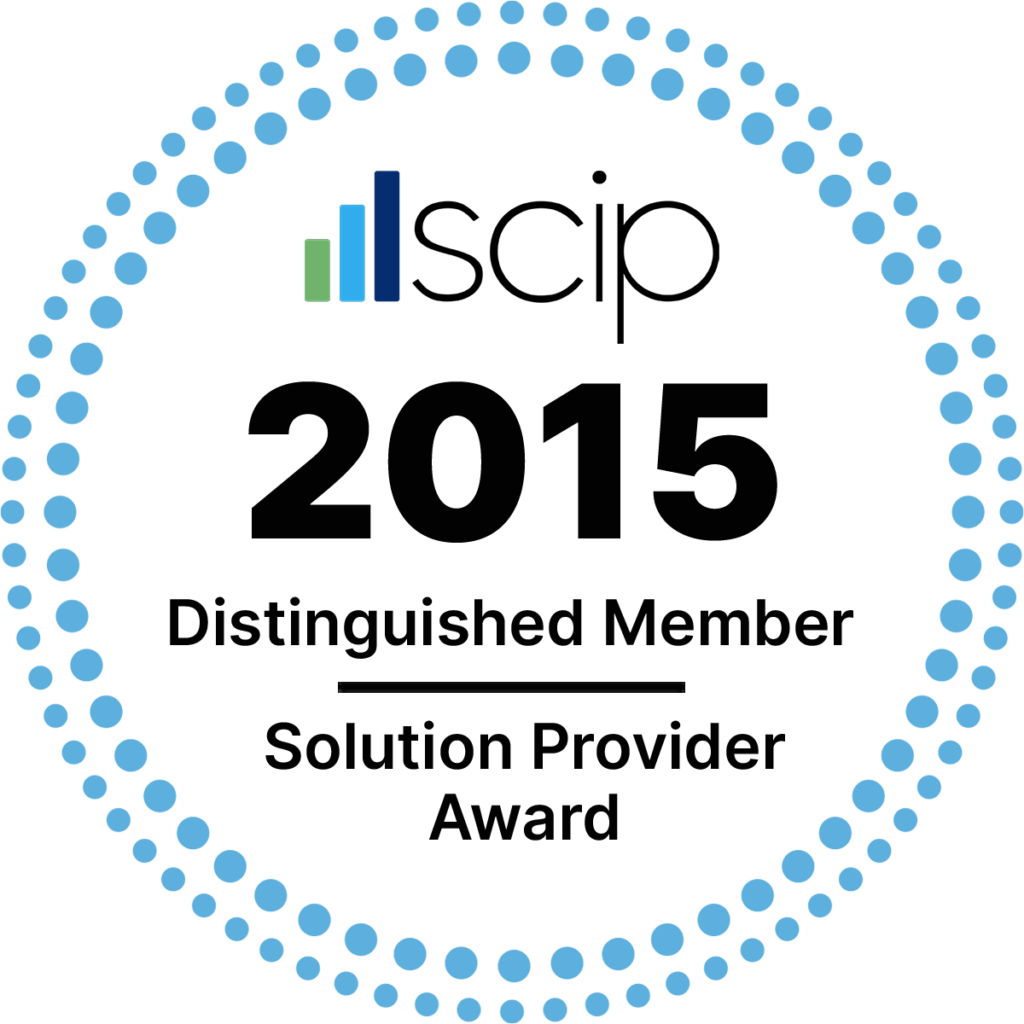Published: August 22, 2018
Which Strategic Plan/CI Approach Best Fits Your Organization’s Needs?
With Strategic Planning season in full bloom, many motivated enterprises are exploring how to best use competitive intelligence to gain more momentum in meeting next year’s goals. Strategic planning programs, however, invariably vary from one company, or even one industry, to the next. Much of competitive intelligence’s value is in its chameleon-like ability to change colors depending on which of the five most common types of strategic planning schemes an organization employs. Understanding and developing a competitive intelligence program that can best match up with and support your specific strategic planning model will go a long way toward ensuring the success of your strategic plan.
Strategic Planning Model 1 – Balanced Scorecard/Need & Gap Analysis Modeling
This model is a common approach that seeks to score where your business is and is not performing. Developing growth strategies and strategies to solve underperforming parts of the company are key goals. In this scenario, CI is used to 1) update and review competitive profiles; 2) produce awareness briefs on key or rising threats; and 3) better understand strategic direction and anticipate benchmarking activities. Leveraging strategic SWOTs is a key advantage that can help inform your leadership of its options.
Strategic Planning Model 2 – Goal-based Planning Models
This common model focuses on where your organization wants to be or how it needs to respond to customer, competitor, and market challenges. In this case, CI is deployed to identify where competitive growth initiatives intersect with your organization’s plans, and to help prioritize market entry assessments or share those previously executed. Including voice of customer research in intelligence briefs is a key aspect here.
Strategic Planning Model 3 – Innovation Driven (Blue Ocean)
This newer model is focused on navigating or even becoming a change agent in the market, with disruption being the key cornerstone of this approach. Here, CI profiles or monitors less-traditional competitors who can disrupt customer behavior, providing leadership threat assessments prioritized by level of disruptive capability. CI includes voice of customer work to threat analysis deliverables and may also have an M&A evaluation component to help your business develop a target list.
Strategic Planning Model 4 – Market Scenario-Based Strategic Planning
This approach seeks to provide your leadership several different strategies to execute based upon market, competitive, and customer changes. This process helps mitigate risk and produce strategies that can provide ROI in any event. In this instance CI becomes more dynamic, leveraging war gaming events to help develop your team test strategies before they are finalized. CI may also execute profiles of competitive leadership or benchmarking how organizations make decisions, or even identify how quickly competitors can adapt and what adaptation looks may look like
Strategic Planning Model 5 – Iterative Scenario-Based Strategic Planning
This newer, scenario-based approach focuses on self-organizing strategy development through story boarding and iterative discussions. The output of these discussions comprises a list of goals and objectives that help your strategy become reality. Within this strategic planning module, CI is used to prepare for research needs that have narrowed timelines. CI enables your business to create and provide profiles on competitive behavior, and also leverages voice of customer research to help provide a more complete picture to your business.
We hope these tips provide some insight into next steps with constructive options for your business during this season of strategic planning. For more information, please visit www.proactiveworldwide.com
About Proactive Worldwide, Inc.
Proactive Worldwide, Inc. is a global research and strategic intelligence consulting firm that provides evidence-based, constructive information within the competitive intelligence, market intelligence, and customer insights domains. Anchored by primary source research for over 22 years, PWW’s multilingual professionals assist clients with offerings that include but are not limited to market intelligence and competitive research services, market entry and defense strategies, war gaming workshops and scenario planning events, and customer experience and voice of customer studies.














